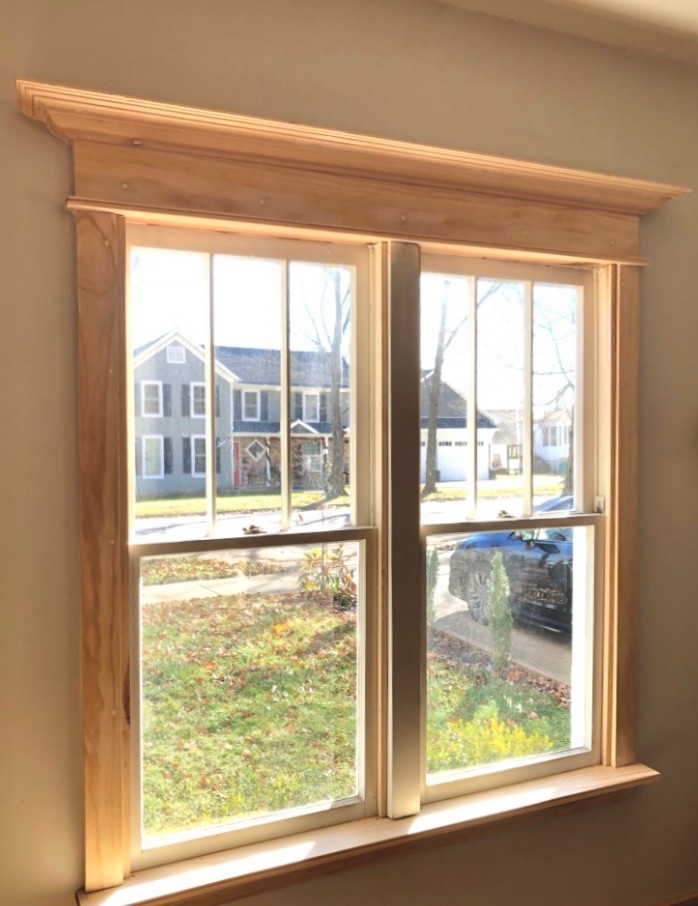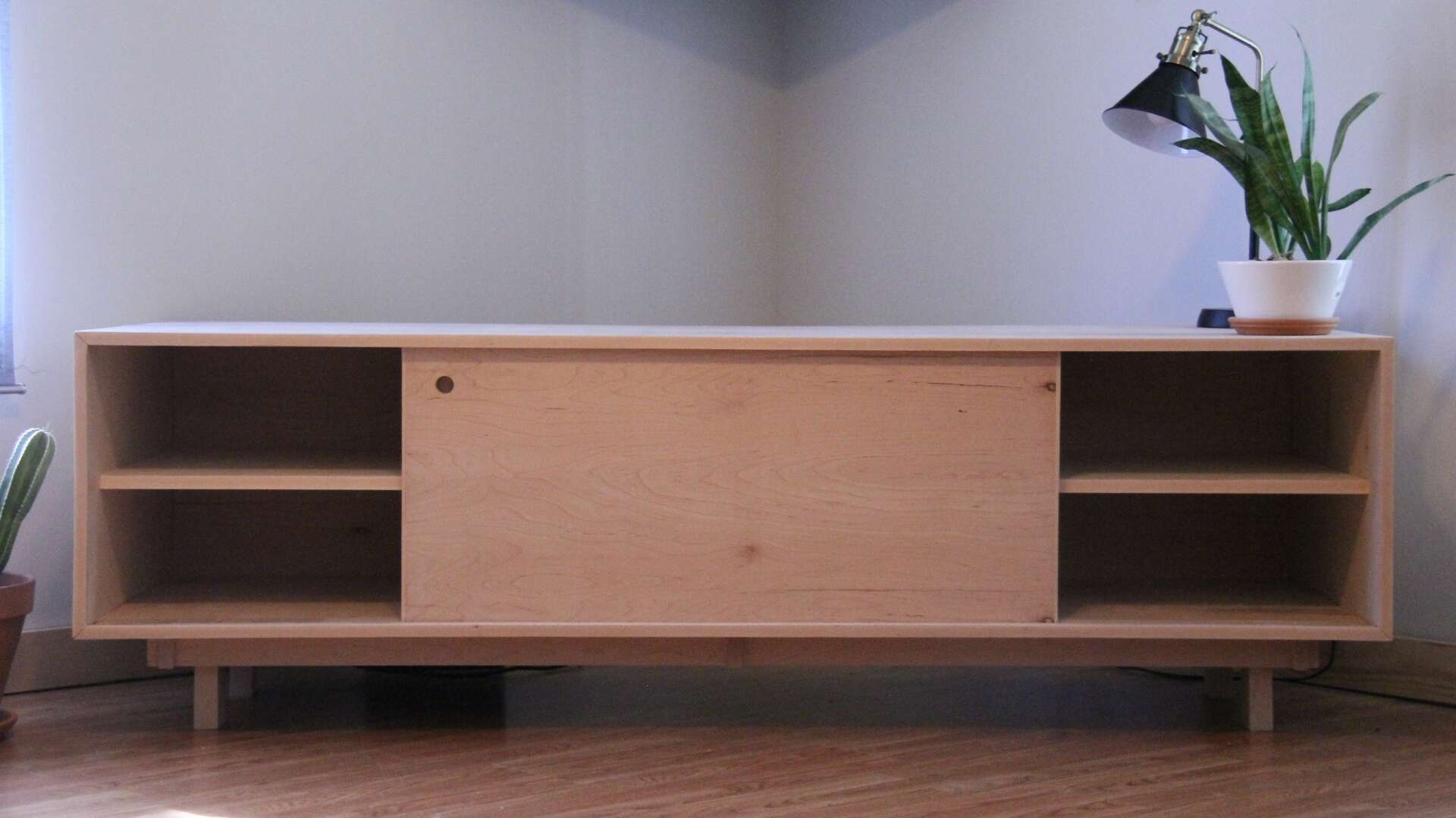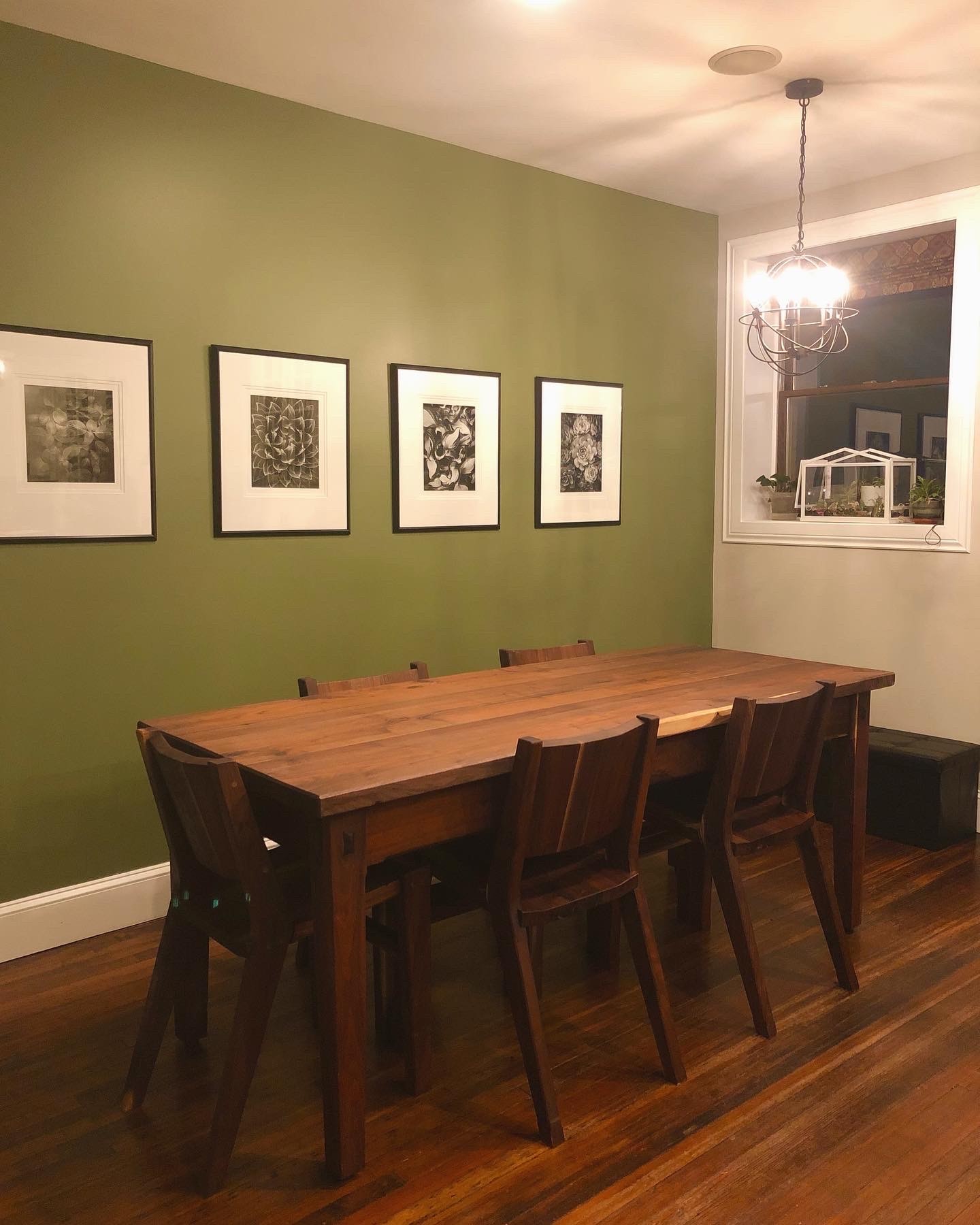We caught up with the brilliant and insightful Joshua Gann a few weeks ago and have shared our conversation below.
Joshua, looking forward to hearing all of your stories today. One of the things we most admire about small businesses is their ability to diverge from the corporate/industry standard. Is there something that you or your brand do that differs from the industry standard? We’d love to hear about it as well as any stories you might have that illustrate how or why this difference matters.
Too often we rely on the speed of production and its ability to make our lives easier. Drive to a new housing development and you will surely understand what this means. All of the houses look identical with maybe a small handful of clashing details with no sense of origin other than the developer copied it from a popular television show they watched last year. The materials are cheap and purchased off of a shelf at the town’s local big box store. You’ll see the same houses in another neighborhood next year with next year’s trending paint color. The homeowner is happy because they saved money when the builder cut a corner wrapping the windows with a flimsy metal flashing that appears flat and lifeless. Now take a detour to the town’s first handful of houses built around the turn of the century and you’ll begin to notice the details are strikingly pleasant to the eye. Hand-cut stones, wood front porches, simplified but period appropriate gables are but a few staples of what can be found but nonetheless all of these homes required two things. Time, not only to build but to design and a sense of proportion and scale. This is where I’d rather find myself.
Our company’s foundational principles came about by a lack of what I was witnessing from the “house flippers” on our street. Turning the timeless elements of a historic home into a fashionable plastic version while inflating the list price. I made the conscious decision with the advice of my wife to take our own remodel in a different direction with the arrow pointing backwards honoring a hand-crafted era of building. While brainstorming building operable shutters for a client, Craft Revival LLC. was off the ground.


Awesome – so before we get into the rest of our questions, can you briefly introduce yourself to our readers.
My background isn’t in the trades or in construction whatsoever. Rather I studied painting at the Kansas City Art Institute in 2015 where I was uninhibited creatively to simply think about why I was making the paintings I was currently working through. I remember specifically falling into a trope of making landscape paintings and when my professor asked why I couldn’t think of a response. It felt natural. I felt an unwavering confidence with technical subject matters expressed in a painterly manner that carried me to employment in St. Louis years later at a handful of art handling gigs. There I began to learn much more about installations and tangible problem solving. I think my first task was to hang thousands of small sculptural plants suspended in a courtyard up on a lift. Previously I had never really built anything or ran equipment or even owned a power tool, but I had to learn fast if I was to stick around.
I had worked enough over time to save up and finance a house. The property needed so much work done to it and I had no idea what I was getting into. I just began repairing walls and flooring the way I would at work. If the mud and tape contractor was working on the gallery walls that day in the museum I was there peering over to learn how to make a smooth finish over drywall. There were also wood shops with endless tools to pick up and experiment with. Here I could learn how to turn a curator’s drawing into a pedestal or table to house artwork that the public would be engaging with at the opening. I was absorbing every bit of information I could then. Eventually I started growing my own personal tool collection and accumulating left over scrap wood the museum was tossing in the trash to repair small sections of my house.
Pretty soon I had built enough plywood furniture for my home to live comfortably but never did I think about the history of woodworking practices or home building. Working at the museums wasn’t going to take me where I wanted to go so I started working for a family member working on houses. They would ask if I knew how to do a specific task like hang a ceiling or change a light fixture and if I did I would say yes and if I didn’t I would still say yes and figure it out regardless because I wanted to be called upon to solve problems. I was eager to know more about houses and how I could further bridge where I was and where I wanted to go.

Can you talk to us about manufacturing? How’d you figure it all out? We’d love to hear the story.
All of the materials that we as a company use comes directly from a local sawmill owned by my business partner’s grandfather so we have a hand in the entire manufacturing process from logging, milling, and building. We then also supply what our clients can’t find in the typical lumber yard at a big box store. No piece of lumber is nominal meaning we mill true 2×4’s rather than a 1 and 3/4 inch by 3 and a half inch as an example. We’re very fortunate in that we can supply materials for clients at a reasonable rate with a range of wood species. All of the timbers are also locally sourced as well cutting down on emissions.

Have you ever had to pivot?
Early on, plywood was easily accessible and sold at a reasonable rate prior to COVID. I was nailing and gluing them and producing quick pieces of furniture that, now looking back, felt cold and rigid. Modern might be an easier term. Unfulfilled and after many years of slowly accumulating better tools I began introducing joinery and hardwoods into my furniture making. Access to our family’s sawmill was also a vehicle to produce better, more thought out pieces of furniture. In turn, I was now taking longer to make furniture but the quality is unmatched in my opinion.

Contact Info:
- Instagram: Craft_Revival_LLC
Image Credits
All images taken by myself


